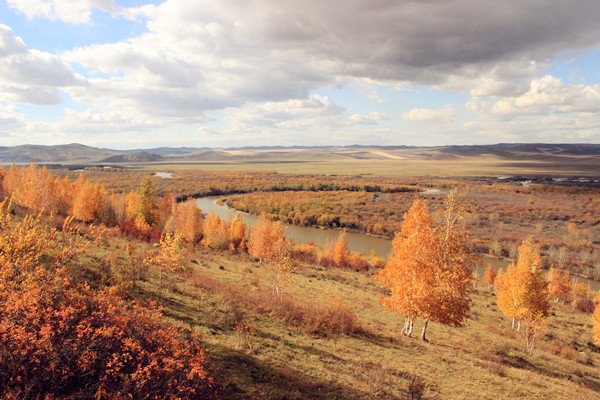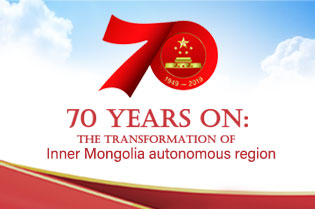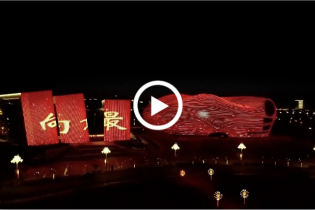Forests and grasslands
 |
The Inner Mongolia autonomous region has one of China's largest forested areas and is an important site for ecological protection in northern China, with 23.66 million hectares of forest, or one-eighth of the nation's total, totaling 21.03 percent of forest coverage. |
Woodland and forest resources
According to the results from the eighth forest resources inventory of the Inner Mongolia autonomous region in 2018, the area covered by trees in the autonomous region is 675 million mu, or 45 million hectares, of which the forest area spans 26 million ha.
Compared with the results from the autonomous region's seventh forest resource inventory in 2013, Inner Mongolia's forest area increased by 19.04 million mu, the forest coverage rate increased by 1.07 percentage points and the forest stock – the measured volume of the trees – increased by 182 million cubic meters.
The forests in the autonomous region are mainly distributed over the original forest area of the Greater Hinggan Mountains, the secondary forest area in the south of the Greater Hinggan Mountains, the Baogeda Mountain, Diyanmiao, Hexigten, Maojingba, Daqing Mountain, Manhan Mountain, Wula Mountain, Hanshan Mountain, Helan Mountain and Ejine, as well as new forest areas formed after long-term afforestation.
The main tree species in Inner Mongolia are larch, birch, oak, poplar, black birch, elm, sylvestris, pine and others.
Grassland resources
The grasslands of Inner Mongolia are an important part of the grasslands of Eurasia. The area covered by natural grasslands in the autonomous region is 1.32 billion mu.
Inner Mongolia’s grassland is divided into eight categories, 21 sub-categories and 476 types. Meanwhile, Inner Mongolia’s grassland has more than 2,781 plant species.
Inner Mongolia has five types of zonal grassland types: warm meadow grassland, warm typical grassland, warm desert grassland, warm grassland desertification and warm desert types, which occupy 89 percent of Inner Mongolia’s total grassland area.
There are also three types of non-zonal vegetation in the autonomous region, including mountain meadows, lowland meadows and swamps, which account for 11 percent of the total grassland area of the autonomous region.
The coverage of grassland vegetation in Inner Mongolia in 2018 was 43.8 percent, an increase of 13.8 percentage points compared with 2000 and the grassland ecology in some areas had recovered to the level of the mid-1980s.



 Print
Print Mail
Mail





